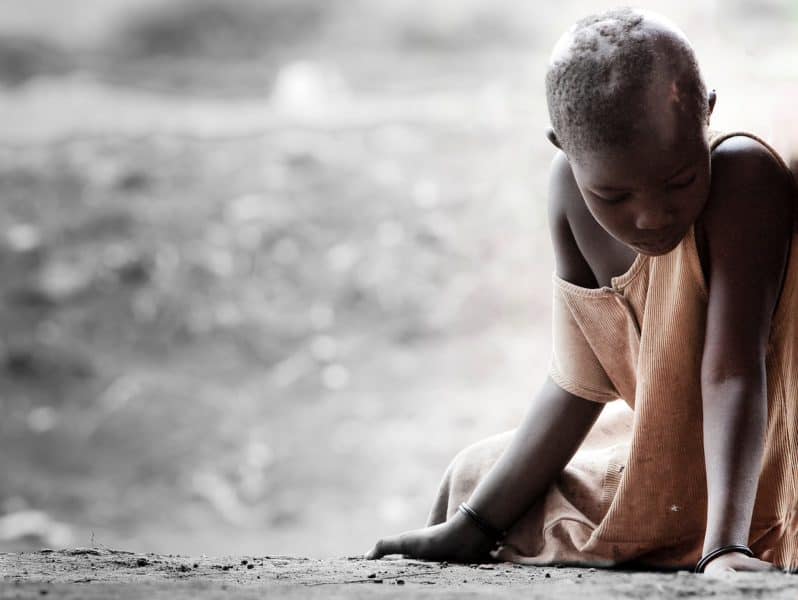Children in sub-Saharan Africa who are hospitalized with COVID-19 are dying at a rate far greater than children in the U.S. and Europe, according to a new multicenter study published today in JAMA Pediatrics and led by a University of Pittsburgh infectious diseases epidemiologist.
Among African children admitted to 25 hospitals with COVID-19 between March and December 2020, infants younger than 1 year had nearly five times the risk of death than adolescents aged 15 to 19 years. Children of all ages with comorbidities, including high blood pressure, chronic lung diseases, hematological disorders and cancer, also were at higher risk of dying.
“Although our study looked at data from earlier in the pandemic, the situation hasn’t changed much for the children of Africa—if anything, it is expected to be worsening with the global emergence of the highly contagious Omicron variant,” said lead author Jean B. Nachega, M.D., Ph.D., M.P.H., associate professor of infectious diseases and microbiology and epidemiology at Pitt’s Graduate School of Public Health. “Vaccines are not yet widely available, and pediatric intensive care is not easily accessible.”
The study examined outcomes in 469 children who ranged in age from 3 months to 19 years and were hospitalized in one of six countries: the Democratic Republic of the Congo, Ghana, Kenya, Nigeria, South Africa and Uganda. A quarter of the children had pre-existing conditions. Eighteen had confirmed or suspected multisystem inflammatory syndrome, a serious complication of COVID-19 where different parts of the body become inflamed.
The study, which included investigators across all six of the African countries that provided data, found that 34.6% of hospitalized children were admitted to an intensive care unit (ICU) or required supplemental oxygen, and 21.2% of those admitted to the ICU required invasive mechanical ventilation. During the time frame studied, 39—over 8%—of the children died. This compares with rates between 1% and 5% that have been reported in high-income countries.
“The high morbidity and mortality associated with hospitalized children with COVID-19 in our study challenge the existing understanding of COVID-19 as a mild disease in this population,” said Nachega, also a professor extraordinary of medicine at Stellenbosch University’s Faculty of Medicine and Health Sciences in Cape Town, South Africa. “But if a child has a comorbidity, is very young and is in a place where there are limited or no specialized doctors, facilities or equipment for pediatric intensive care, then that child faces a very real possibility of dying.”
“Our findings call for an urgent scale-up of COVID-19 vaccination and therapeutic interventions among at-risk eligible children and adolescents in Africa,” Nachega continued. “They also raise further the acute need for capacity-building and support for pediatric intensive care in these settings.”
Nachega noted recent progress on increasing the COVID-19 vaccine supply in Africa but emphasized that those vaccines are not yet widely available and only about 5% of the continent’s population have been fully vaccinated.
“COVID-19 vaccine hesitancy is a global issue, and Africa is no exception,” he said. “It is imperative that evidence-based public health campaigns address concerns in accessible, trustworthy ways so that there is high vaccine uptake as soon as it is available.”
Additional investigators of this study are members of the African Forum for Research and Education in Health COVID-19 Research Collaboration on Children and Adolescents and are listed in the JAMA Pediatrics article.
This research was supported by National Institutes of Health Fogarty International Center grant 1R25TW011217-01.
If our reporting has informed or inspired you, please consider making a donation. Every contribution, no matter the size, empowers us to continue delivering accurate, engaging, and trustworthy science and medical news. Independent journalism requires time, effort, and resources—your support ensures we can keep uncovering the stories that matter most to you.
Join us in making knowledge accessible and impactful. Thank you for standing with us!

